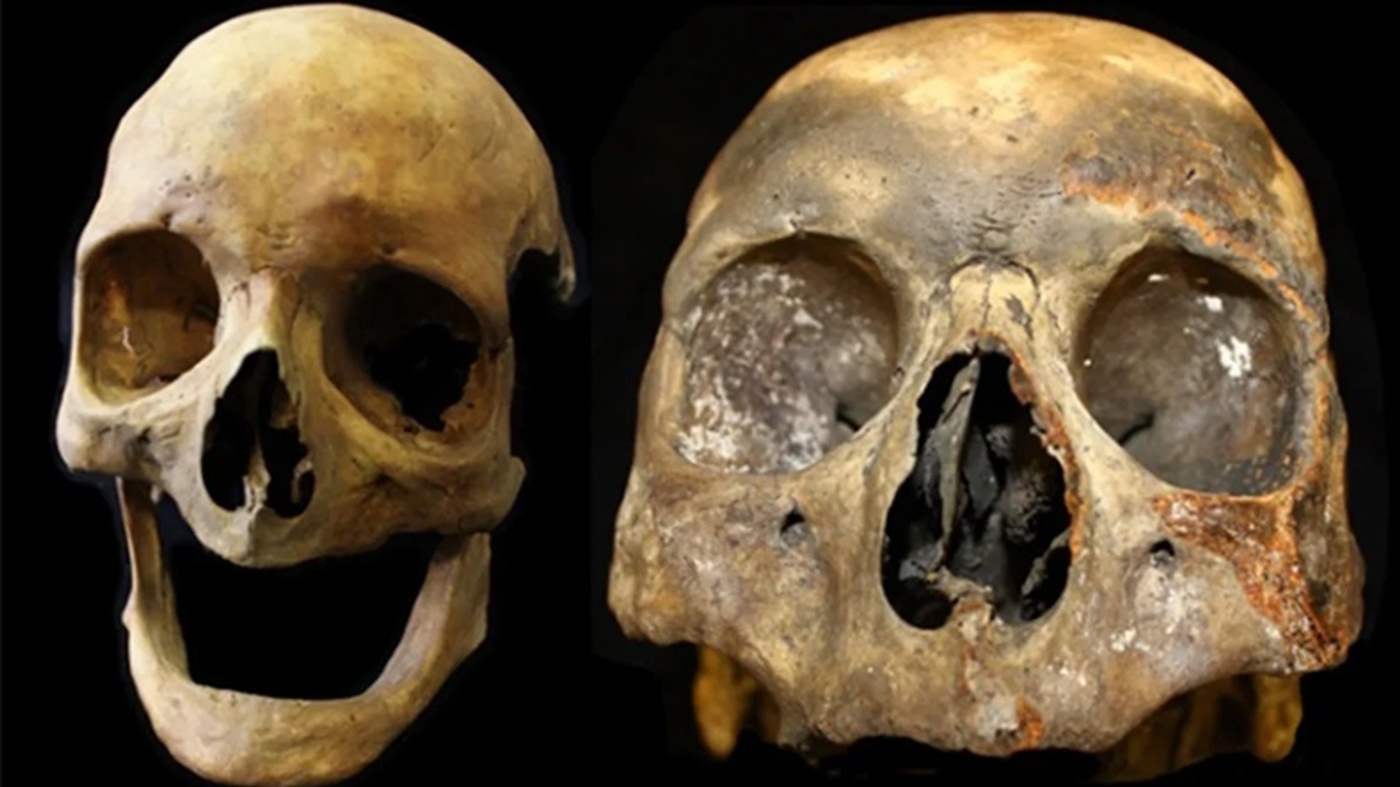Scientists from the University of Leicester conducted a new study showing that smoking has deep and lasting effects on human bones. The study was carried out on human remains buried in England between the 12th and 19th centuries and examined the effects of smoking on bone structure in detail. This study revealed that tobacco use could leave traces in bones for centuries even after death.
How Are Metabolic Traces Detected in Bones?

Traditionally, smokers were often identified by tobacco-related wear and stains on teeth. However, this method could be ineffective when teeth were missing. To solve this problem, researchers analyzed 323 different bone samples and identified 45 different molecular characteristics between smokers and non-smokers. These analyses were conducted using mass spectrometry and the results clearly showed metabolic traces left in the bones of smokers.
The research results were published in Science Advances and provided solid evidence for the detection of the effects of smoking on bones. Dr. Sarah Inskip, one of the lead authors of the study, highlighted the differences in bone structures between smokers and non-smokers. The study showed that smoking has long-term harmful effects not only on organs and soft tissues but also on the skeletal system.
These findings deepen the understanding of the harms of smoking on health and reveal the reality that it leaves long-term effects even in the bones of deceased individuals. The research provides a better understanding of the effects of tobacco use on human health over a broad timeframe, from prehistoric societies to the present day.


